About us
Home » About us
Home » About us
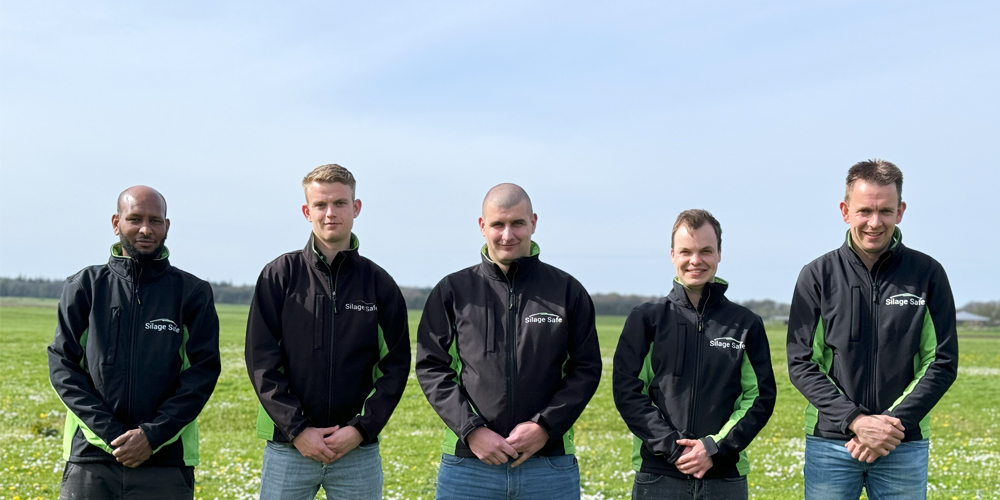
We make covering silage better.
Minimal losses in storing silage for every farmer.
The concept of Silage Safe originated in 2011 and was conceived by Johan Mathijssen because he saw that farmers were tired of dragging away sandbags, throwing aside car tires, or having to shovel sand. The idea: a covering system without portals or frames that need to be moved with a shovel or forklift. With this patented idea, Silage Safe has won international awards and has delivered covering systems to farmers in 19 countries who want to improve their silage quality.
Our team at Silage Safe consists of a small group of enthusiastic individuals. We are dedicated to improving your silage and introducing more people to our covering system. We are ready to help you!
Silage Safe collaborates with various partners to provide customers with the best experience. We have dealers in several countries who offer our covering system. As local partners, they are closer to the customer and can provide the best service.
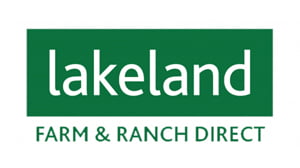
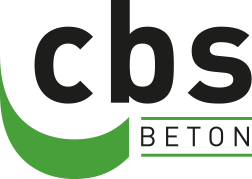
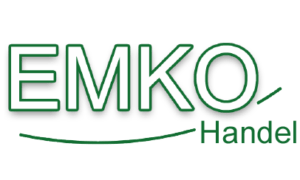
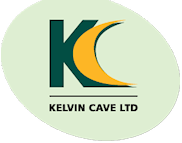
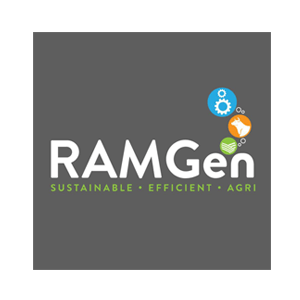
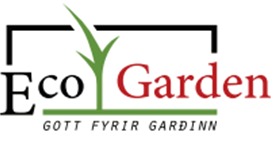
"That should be easier, shouldn't it?" thought Johan Mathijssen at the time. He saw that farmers were fed up with dragging sandbags and shovelling sand. Covering and uncovering the silo should be possible with less work, right? With that thought, Mathijssen got to work. He came up with Macccspan: a covering system without portals or frames that need to be moved with a shovel or forklift. A unique concept!
That was 2011. The foundation was laid for Silage Safe as we know it now. Several years have passed, and the development of the covering system has continued. With countless customers in the Netherlands, we are now also active throughout Europe and even beyond.
And we don't stop there. We are continuously working on making our product even better and therefore making that hard job a bit easier.
Huningspaed 4a
8567 LL Oudemirdum
The Netherlands
To provide the best experiences, we and our partners use technologies like cookies to store and/or access device information. Consenting to these technologies will allow us and our partners to process personal data such as browsing behavior or unique IDs on this site and show (non-) personalized ads. Not consenting or withdrawing consent, may adversely affect certain features and functions.
Click below to consent to the above or make granular choices. Your choices will be applied to this site only. You can change your settings at any time, including withdrawing your consent, by using the toggles on the Cookie Policy, or by clicking on the manage consent button at the bottom of the screen.